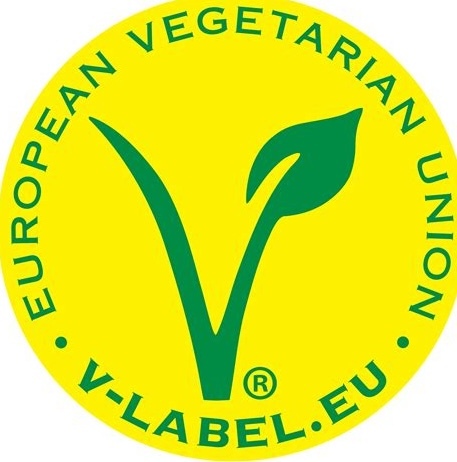cross-posted from: https://slrpnk.net/post/13071478
The data on this page was obtained from the USDA NASS Quickstats Database. The cattle slaughter numbers include bulls, heifers, steers, and dairy cows. Calves are counted separately and amounted to about 315,900 deaths in 2023.


If we want to approach it from that angle (which I think is a valid one), then what this graphic doesn’t tell you is that it’s overwhelmingly a fish-welfare issue. The amount of fish killed every year for food is in the trillions, completely eclipsing the deaths of mammals and birds for food. This is due in enormous part to bycatch. (I’ll look at this through the lens of deaths caused by a typical omnivorous diet, but for example, the amount of deaths of worms in the silk industry is similarly in the trillions).
If the question is “how many deaths does what I’m eating cause annually?”, the first stop is probably seafood, both because it directly kills so many fish on its own and because fishing devastates marine ecosystems, causing an unfathomable amount more deaths.
If your goal is cutting out the most per-animal suffering, then I estimate it’ll be cows, simply because chickens live much shorter lives and pigs are just raised for meat, thus again having shorter lives. Cows are tortured for years in the production of dairy, which itself feeds into the beef and leather industries.
If your goal is cutting out the most intelligent animals, then it’ll probably be pigs, as they’ve been studied to have the intellectual capacity of about a three-year-old child.
If your goal is cutting out the most land animals killed, then it’s chickens and other birds like turkeys.
If your goal is the amount of animals exploited per kilogram of food, then that likely goes to honey, which similarly has trillions of victims. Honey production is especially awful in places where the European honeybee isn’t native, as it outcompetes local pollinators and wreaks havoc on the environment.
But of course this isn’t Sophie’s choice; you can at any time simply cut out all of them.
Some thoughtful points here.
Absolutely. If we take the common invertebrate-vertebrate threshold, then fish really should be in the graphic. It seems that the alien concept of living underwater just makes it hard for humans to empathize with fish.
Interesting take. Not sure I’m convinced, given what I understand about chicken farming. Chickens seem to be like land-fish in that people have really hard time imagining their sentience and therefore considering their welfare. The short life of a meat chicken looks pretty close to hell itself. And those 42 days might well be perceived as more, in the sense that small animals tend to live shorter lives anyway, though I guess that an unfalsifiable hypothesis. And let’s not forget the egg-laying chickens, which live for a whole couple of years.
As it happens I personally choose to eat chicken products (in modest quantity, checking their origin where possible) but not large mammals. But that is because I put the environment before even the cruelty question. Hard choices and I’m aware of my (partial) hypocrisy.
Although (probably like you) I’ll take any argument if it convinces people, to me this is an irrational one. The classic counter-argument: would we allow a mentally disabled cousin to be tortured because he’s got a low IQ? Capacity for suffering has nothing to do with intelligence. Logically it might even be inversely correlated, as Dawkins has speculated: if pain is the signal sent by genes to bodies to “Don’t do that again” then it might follow that less intelligent animals need a stronger signal.
While this is rationally defensible, personally I get jittery when vegans bring insects into the equation. For two reasons.